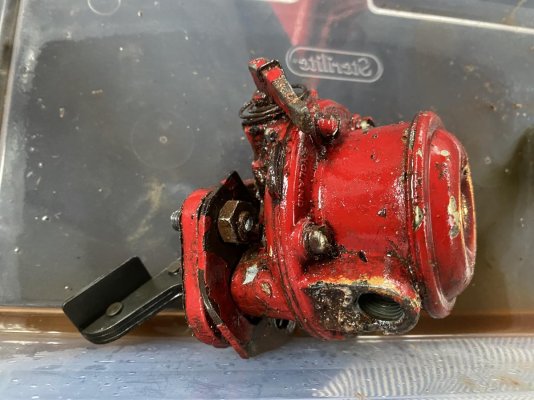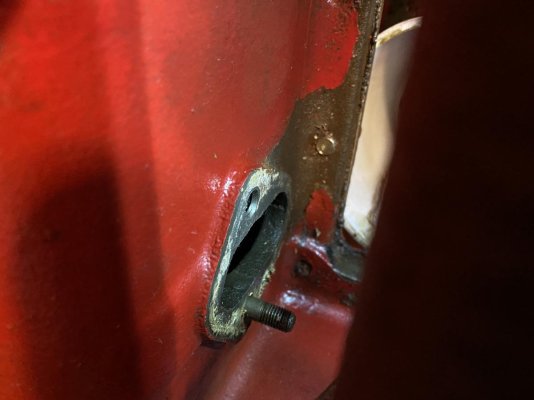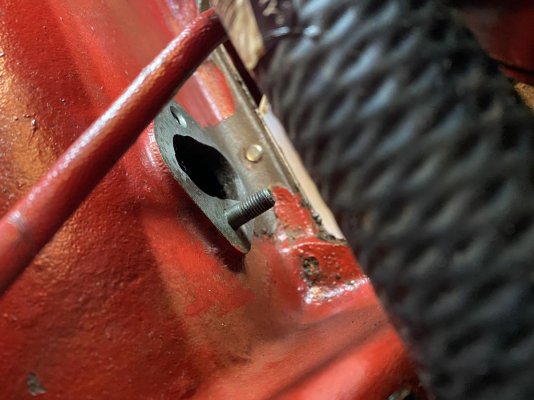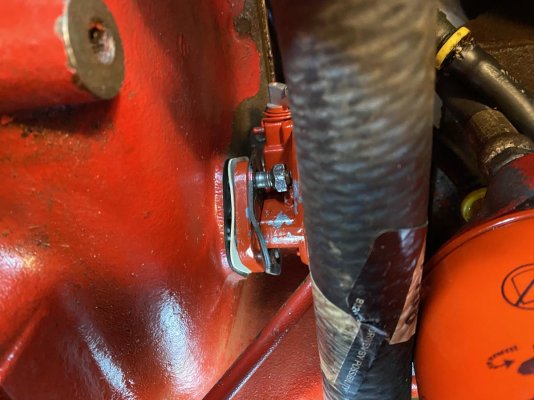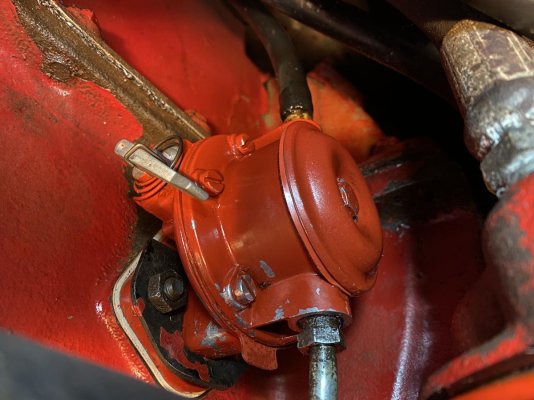albinalaska
Veteran Member
- Joined
- Jun 6, 2020
- Messages
- 94
- Location
- USA
- Vessel Name
- Sea Gypsy
- Vessel Make
- 1979 Albin Trawler 36'
Good evening/morning/day!
I've just finished a 12-day voyage transiting Alaska's Inside Passage and en-route had the unfortunate issue of my stbd fuel lift pump failing causing us to leak fuel for 4 days making our way from Seattle to Alaska.
The issue is this: I live on a small island and don't have the fortune of a qualified Ford Lehman mechanic to deal with this repair and fix this for me. So I fear I'm quite left to deal with this myself.
I've seen a youtube video of someone replacing the pump which is great but other than (whats the pitfall of most youtube boating channels) showing that the issue merely occurred it provided incredibly little useful or specific information on how to actually do this repair.
So what I'm wondering is this: If anyone has steps or assistance they can provide on what I need to do to replace a Ford Lehman fuel lift pump unit or what I might to do to even reprime the fuel etc. afterwards and if they wouldn't mind sharing that with me that would be amazing.
Repairing this alone in the Alaskan woods,
Kyle
I've just finished a 12-day voyage transiting Alaska's Inside Passage and en-route had the unfortunate issue of my stbd fuel lift pump failing causing us to leak fuel for 4 days making our way from Seattle to Alaska.
The issue is this: I live on a small island and don't have the fortune of a qualified Ford Lehman mechanic to deal with this repair and fix this for me. So I fear I'm quite left to deal with this myself.
I've seen a youtube video of someone replacing the pump which is great but other than (whats the pitfall of most youtube boating channels) showing that the issue merely occurred it provided incredibly little useful or specific information on how to actually do this repair.
So what I'm wondering is this: If anyone has steps or assistance they can provide on what I need to do to replace a Ford Lehman fuel lift pump unit or what I might to do to even reprime the fuel etc. afterwards and if they wouldn't mind sharing that with me that would be amazing.
Repairing this alone in the Alaskan woods,
Kyle
Last edited:

